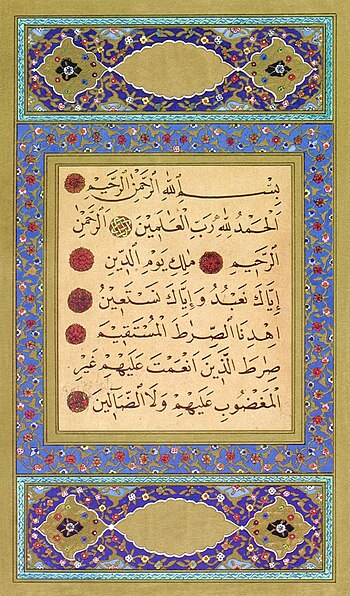
Such is the life of an archaeologist, I suppose. I have had more interviews in the last two years than the previous ten combined. And, not for lack of trying, I now find myself working in a sales job that I would have never expected. Having said that, it provides me the flexibility to do research and small amounts of weekend field work during the majority of the year, and enables me to take leave of absences during the "high field season" to do fieldwork abroad. In truth, I am exactly where I want to be, doing what I want to be doing. Lack of lack monetary funds is certainly an issue, but it is by no means the issue.
Today's interview was the most strenuous yet. It began a couple of days ago with a very in-depth phone interview on the site itself (Historic Fort Langley, managed by Parks Canada), national historic sites in general, and the economic history and origins of British Columbia. That initial screening resulted in a group of ten applicants undergoing a group interview today, six-and-a-half hours in length, at the site itself. There were various team-building exercises, including assembling a fur press, making a barrel, and pitching a canvas tent, and - the most daunting part of all - a five minute interpretive presentation, no topic provided, to be presented before a panel of fifteen people (including the three Parks Canada interviewers). Whew!
I haven't presented formally since my thesis defenses, so I was certainly a bit nervous. I presented on the topic of trade, focusing specifically on the requisite reciprocity of trade. A lot of the public programs at the site, while very interactive and educational, have focused on trade within Fort Langley, and have not looked at the impact of the trade moving out to surrounding First Nations groups. In my presentation, I looked at a couple of options for exploring this aspect through role playing and archaeological "digs" for students in areas representing traditional First Nations settlements. I think it was well received. All the presentations and presenters brought unique aspects to the day and, overall, the day was a success, and quite enjoyable.
I had forgotten the Fort itself, as I have not been there since an elementary school trip. It appears smaller than I remember (as happens the bigger and older we get), but there are just as many activities now as I remember as a visiting child, perhaps even more. Let's put it this way: I could certainly see myself spending the day there with a group of kids and neither the kids or me being bored.

Fort Langley, though it was only established in 1827 and enjoyed a brief "hey day" of only thirty or so years, has made a lasting impact on this province. The Hudson's Bay Company and the Fort brought a new type of economy and international trade to the region, and was instrumental in the establishment of (the future) BC as a British colony. Plus, we can now enjoy those beautiful HBC wool blankets. Gezellig!




